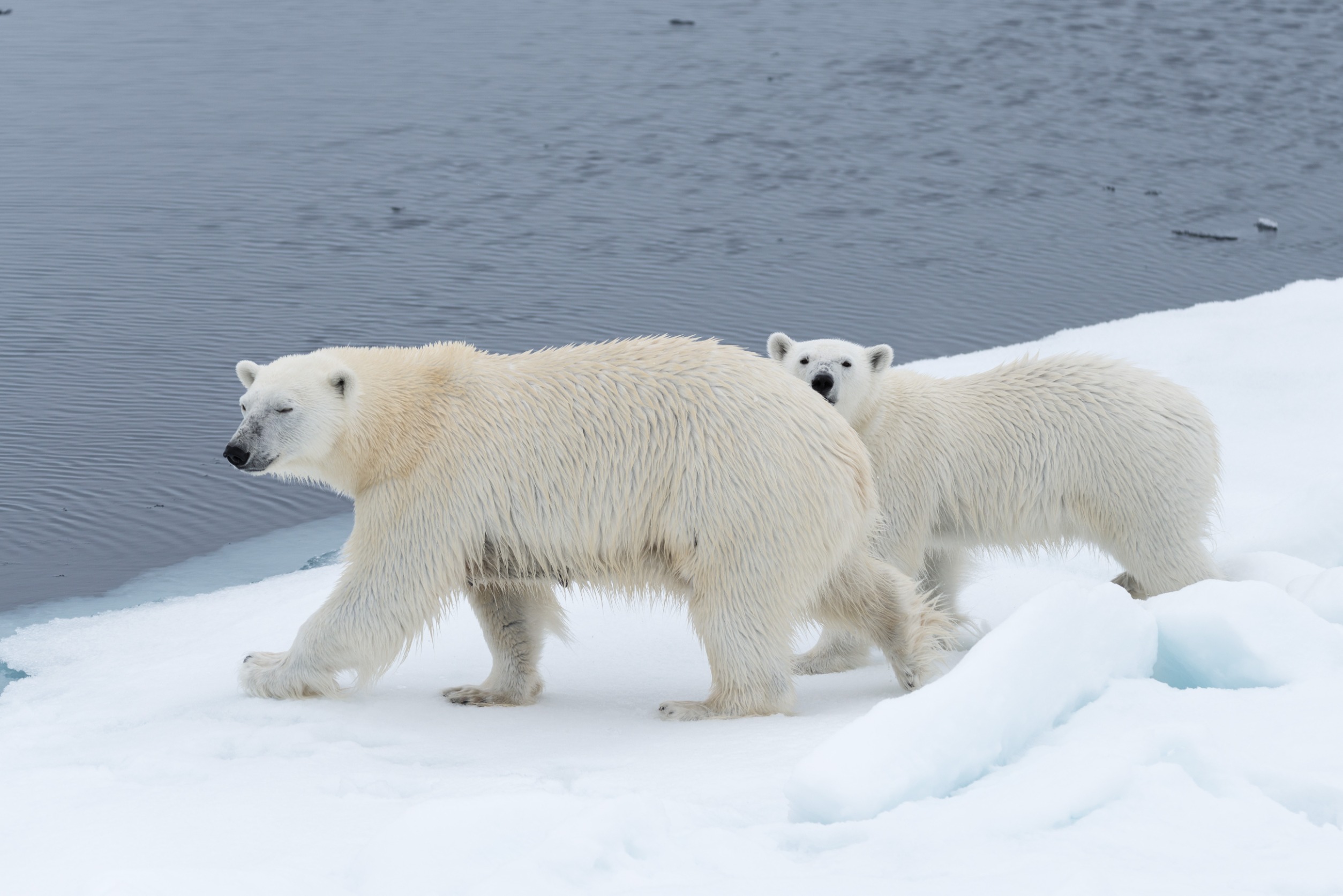It’s known that elephants are highly intelligent and social creatures, and scientists have spent years trying to understand how these magnificent beings communicate. However, scientific publications have proven insufficient in cataloging the constant stream of new discoveries being made about elephant communication.
Now, thanks to Joyce Poole and Petter Granali, founders of nonprofit science and conservation organization ElephantVoices, there’s a new resource that can help make sense of it all: The Elephant Ethogram.
The Elephant Ethogram, which was recently launched online, is considered the “Google Translate” for elephants. It consists of a compilation of elephant activities and behaviors that help scientists, experts, and others study communication techniques like calls and gestures so that they can more accurately decipher what specific meanings they might convey.
Poole has been studying savanna elephants for almost half a century and has witnessed the rich repertoire of communication techniques used by these animals. According to Poole, communication techniques change depending on the context. For example, if you see a male African savanna elephant folding his ears while waving them, then he’s ready to fight.
Poole and Granali intend for the ethogram to be a living catalog where other scientists can actively contribute new findings as they discover them. Currently, it includes more than 500 behaviors depicted through almost 3,000 annotated videos, photographs, and audio files, most of which come from three locations in Africa: Maasai Mara National Reserve in Kenya, Amboseli National Park in Kenya, and Gorongosa National Park in Mozambique.
Most behaviors are the same across populations, but different elephant communities will exhibit some unique behavior that is informed by their history. The elephants in Gorongosa National Park, for instance, are still fearful and act aggressively toward humans because their population was depleted by humans for their ivory and meat during the Mozambican Civil War 30 years prior. The elephants from Amboseli and Maasai Mara, on the other hand, show hardly any defensive behaviors towards humans when they encounter them.
Poole and Granali hope that the database’s multimedia approach “will inspire other scientists to take a similar approach for other species… At a time when biodiversity is plummeting and the lives of elephants are being heavily impacted by humans, we also want to spell out to the world what we stand to lose.”












